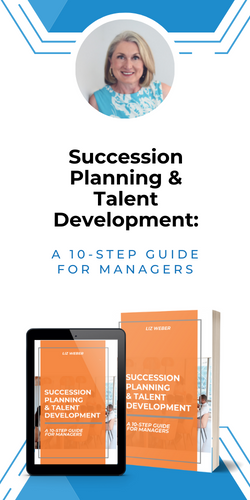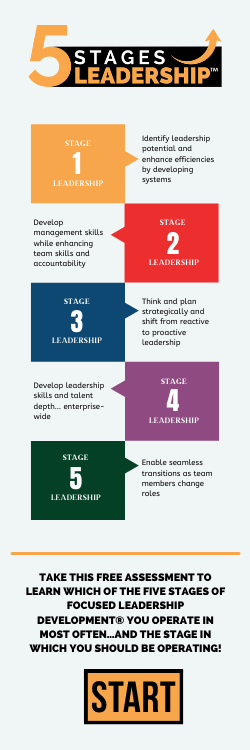
I started focusing on what I call the Middle Management mess after I read an article in the March 2006 issue of the Harvard Business Review by Robert Morison, Tamara Erickson, and Ken Dychtwald entitled “Managing Middlescence.” Their article addressed the mid-career employees, aged 35 to 54, who “should be at their peak of productivity,” but instead “are the most disaffected segment of the workforce.” With one in four of these employees holding managerial or supervisory positions, this was a problem we as employers needed to be aware of and act upon. Yet, how many of us did? How many of us focused on them in a positive light when the economy tanked in 2008?
Let’s back up first and understand who these disaffected employees are? According to the authors’ and other research, these individuals are often responsible for raising their children, (from first and second marriages), caring for aging parents, helping their twenty and thirty-something children meet expenses, and looking at their own altered retirement plans. Because they’re not “star” performers, they are often overlooked by senior management and grouped together as a single category of “middle management” so their individual skills, dreams, and desires are lost. In addition, according to the study, this group has the lowest satisfaction rates with their immediate managers and the least confidence in top executives. In the years since this article was first published, how has your organization treated its non-star, middle managers? Was greater attention focused on them and support sent their way, or were they let go in search of brighter stars or to cut “dead weight”?
If you’ve not done the greatest job supporting your middle managers, what can be done to do better going forward?
-
First, re-evaluate how and where you focus your energies.
If yours is like most organizations, you focus most of your energies on the top 20% of employees and the bottom 10%. You woo the top and try to “fix” the bottom. Instead, you need to look at this logically. The top 20% don’t need that much time from you as they’re already self-starters, driven, and frankly they’ll resent too much “guidance.” You simply need to point them in the right direction, provide them with the resources they need, be available, and let them perform. The bottom 10% are probably not a right fit for you and you’re not a right fit for them. So if you’ve made an honest effort in helping them gain the skills they need to succeed with your organization and it’s not worked, face the fact that it probably never will and let them go. The middle 70% have been left alone as they’re doing what you expect. However, “left alone” has turned into “ignored.”
-
Second, you need to start communicating clearly — throughout your entire organization — what your organization’s vision of success is.
They need to know how each individual employee and his or her position feeds into that vision. Ensure each employee understands where and how he or she fits in to the Plan and keep repeating that message until everyone knows it and “gets it.”
-
Third, start focusing on creating a pool of qualified candidates for every position in your company.
Why only focus on a few “star” employees and base your organization’s future on them? Why not focus instead on developing your pool of middle managers to become a more skilled, more engaged, and more productive group overall? Why not create opportunities for more than just a few and see who else rises to the challenge? Meet with your middle managers and supervisors to hear from them what challenges they see to new projects and what ideas they have to overcome them.
-
Fourth, implement a middle management development process.
Mentor and cross-train every middle manager so they understand not only the job they were hired to do, but they understand the job of the person tangent to them, below them, in different departments, and above them. This cross-training not only provides exposure and stimulation, it expands their skills, knowledge and quite obviously expands their understanding of your organization overall. This broadened knowledge allows them to make better decisions because they will have a better understanding of the ramifications of their actions and your executive team’s as well.
As John Maxwell says in his book, 360 Degree Leadership, “99% of leadership comes not from the top, but from the middle.” I agree. Given that, why not ensure we’re supporting the middle as much as the top?
Fix your middle management mess by fixing the way you support them.
Copyright MMVI – Liz Weber, CMC, CSP – Weber Business Services, LLC – www.WBSLLC.com +1.717.597.8890
Liz supports clients with strategic and succession planning, as well as leadership training and executive coaching. Learn more about me on LinkedIn!
























